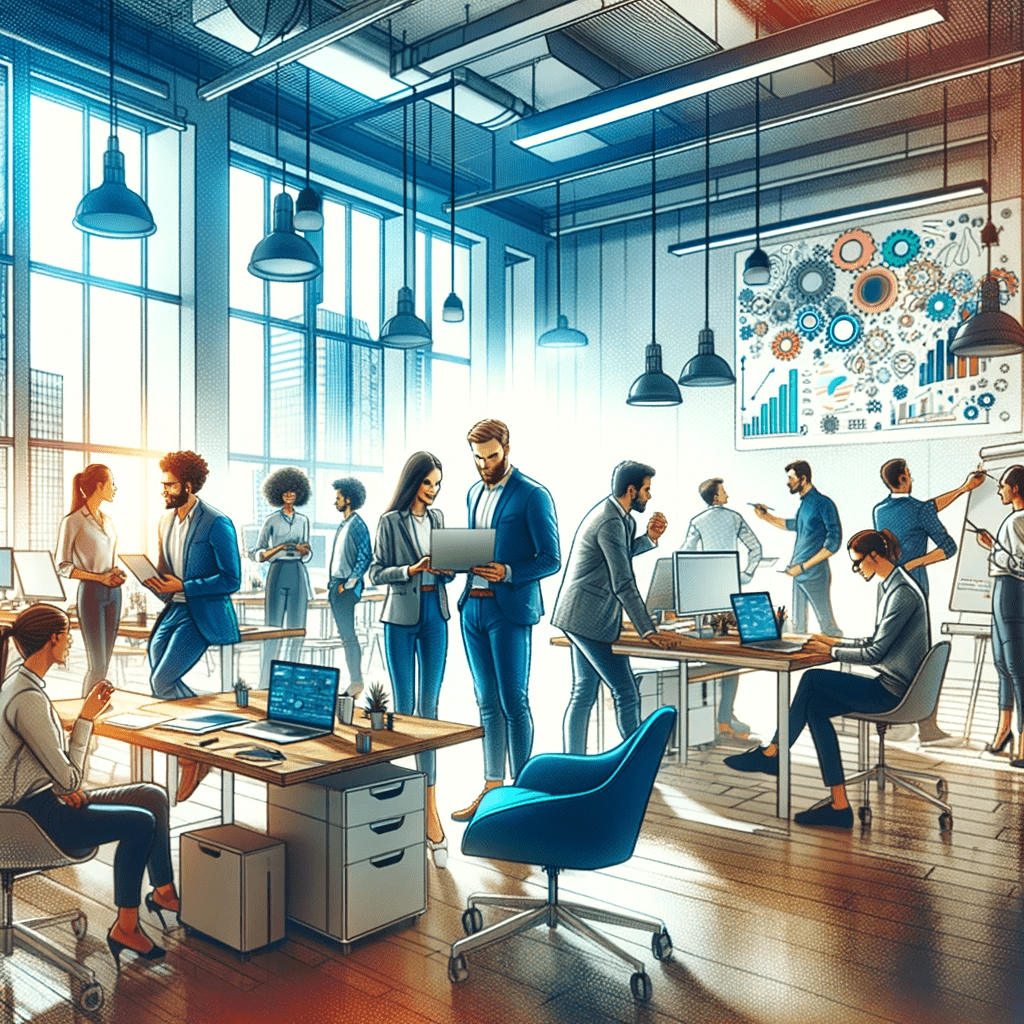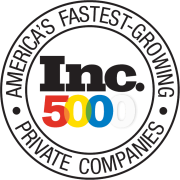According to Bloomberg, consumer spending fell 0.4% in May–the first time this year. Although this may not seem like a lot, it is. We’re talking billions of dollars in losses. But the loss isn’t the point. Here’s the key takeaway: a decrease in consumer spending may be a glimpse into our economic future. In other words, we should be focusing on what’s caused the current situation. So let’s take a look at why consumer spending is down, how it’s impacting the manufacturing industry in particular (the status of which may surprise you), and what these companies can do to scale.
Why is consumer spending down?
Well, the first reason should come as no surprise: the implications of COVID-19. Note that our list is not exhaustive. Rather, it includes several important topics that we hear about often.
The first is immediate layoffs. In fact, the U.S. Bureau of Labor Statistics reports 1.4 million layoffs in a July 6 report. And what happens when a person gets laid off? For starters, they likely aren’t increasing what they spend. In fact, CNN suggests that layoffs can fuel recession anxiety–which causes people to tighten their budgets.
The second reason is pay cuts. For those who are lucky enough to avoid layoffs, they may be faced with a different financial hardship: a loss in wages. The New York Post reveals that the average hourly earnings decreased by 3.6% on a yearly basis. This plus a 0.9% decrease in the length of an average work week means wages are actually down 4.4%. And less money made often means less money spent.
Now, the third reason for reduced consumer spending: rising prices. And whether or not it’s make-or-break for your spending habits, it does impact everyone. In fact, the Commerce Department reported a 4.9% inflation index year over year in March. Note that this figure doesn’t even include food or energy prices. Home prices rose by over 20% in March. Gas prices are up. The list goes on.
But the news isn’t all bad: within specific industries, there has been growth. In particular, the manufacturing industry. So let’s dive into that.
Why is there manufacturing growth?
Despite the economic hardships that our nation faces as a whole, the manufacturing industry is recovering. Deloitte published an insightful analysis of the 2022 manufacturing industry outlook–and here are some of the trends they cite.
The first is manufacturing’s response to supply chain instability. To put it simply, the manufacturing industry is developing new supply chain strategies to combat current disruptions. What does this look like? In essence, using a more predictive approach–which allows companies to make decisions proactively. Furthermore, companies are leaning on data analytics, digital supply networks, and other solutions using the latest technology.
The second reason is manufacturing’s response to the workforce shortage. While it’s still a jobseeker’s market, companies are becoming increasingly aware of hiring solutions for new employees and retention strategies for current ones. We’re seeing an increase in flexible work, inclusive hiring, strategic culture-building, and more. In the manufacturing industry, many companies are reviewing the data and responding accordingly–embracing what works and reexamining what doesn’t.
What can manufacturing companies do to optimize their growth?
Now that we’ve talked about the manufacturing industry’s growth, let’s take it a step further: exploring specific hiring and retention strategies that can combat both supply change issues and the workforce shortage.
With all of the layoffs, it’s the perfect time for companies to secure top talent–especially those who have experient permanent layoffs. According to the U.S. Bureau of Labor Statistics, permanent layoffs increased during COVID-19–and 1.3 million workers were permanently laid off as recently as last month. This means you should strengthen your recruiting efforts and take advantage of the improved workforce quality. You can even find lists of employees who have been laid off, companies that are laying off, and more.
One way of adapting to changing company operations is by retraining current employees–which can be a much more affordable alternative to replacing someone. After all, it can take up to six (6) months for a company to break even on a hiring investment. We’re currently seeing businesses capitalize on this fact: 70% of businesses reported doing more skill building now than they did pre-pandemic.
At PeopleLift, we believe that having strong hiring and retention strategies create a great company. That’s why we offer specialized services in both areas. Using a combination of AI and human strategy, we can reach quality candidates in an affordable way. And once these workers are onboarded, we can build custom solutions that set you up for success. Discover the PeopleLift Difference Today – Contact us to schedule a no-obligation Discovery Call and get your FREE Comprehensive Talent Marketplace Assessment!





